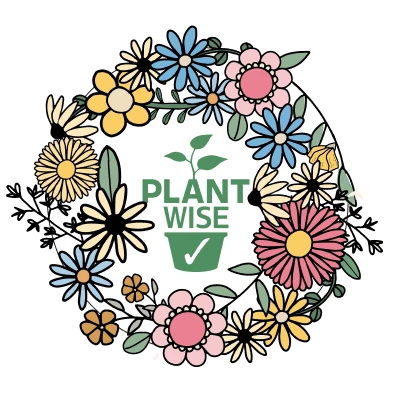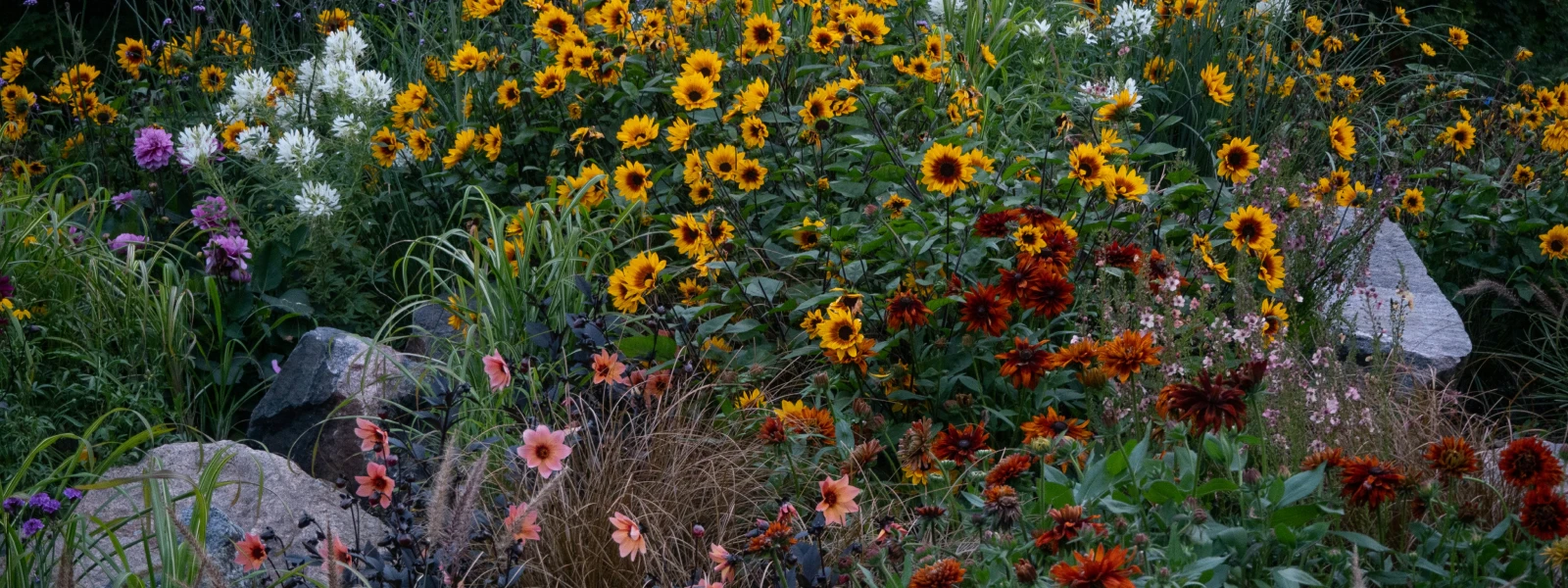How Invasive Plants Spread
Many homeowners choose invasive plants for their attractive appearance, ease of growth, or low maintenance requirements. For instance, plants like Phragmites australis (common reed) are often sold through garden centers for landscaping. However, they can quickly dominate wetlands when planted, displacing native species and altering habitat structures.
Invasive plants often produce many seeds that can be carried by wind, water, or animals. For example, Purple Loosestrife (Lythrum salicaria) can spread quickly through its prolific seed production, invading marshy areas and choking out native wetland plants.
Some invasive species, such as Japanese Knotweed (Fallopia japonica), spread through underground rhizomes, making them incredibly difficult to control once established in a garden or landscape.
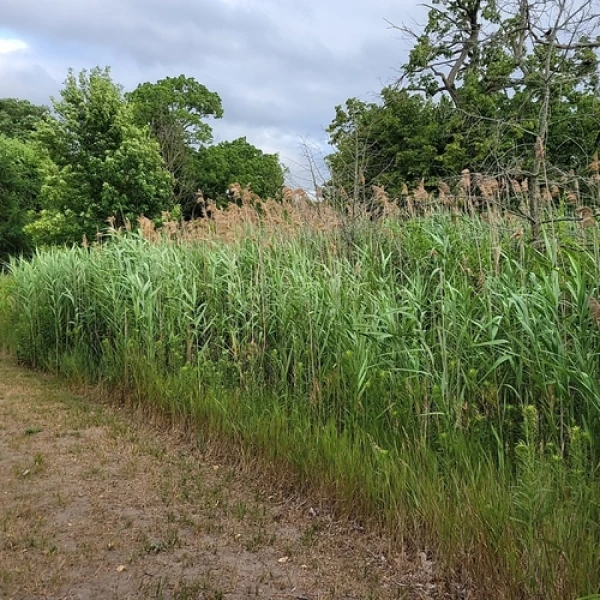

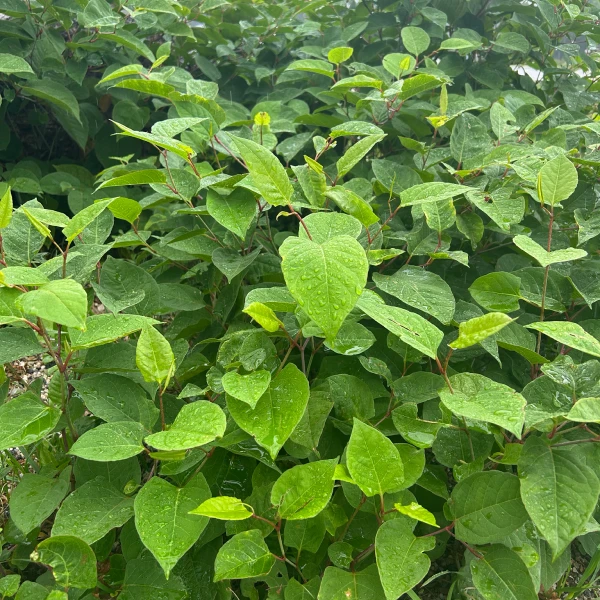
Home gardeners who dispose of invasive plant clippings in compost or municipal green waste risk propagating these species further. This practice can inadvertently introduce invasive plants to new areas.
Effects on Indigenous Communities
The spread of invasive plants can threaten native flora, essential for Indigenous communities’ cultural practices, traditional medicines, and ecological knowledge. Losing native plants restricts access to conventional foods, medicines, and materials used for generations.
Grand Council Treaty #3: Territorial Planning Unit Plant Mapping Spotlight
Grand Council Treaty #3 serves as the traditional government of the Anishinaabe Nation within Treaty 3 Territory. Through the Territorial Planning Unit (TPU), Treaty #3 Leadership works to protect the region’s lands, waters, and resources.
However, invasive plants such as purple loosestrife, flowering rush, and phragmites are spreading throughout the territory, threatening ecosystems vital to the Anishinaabe way of life.
It is crucial for garden centers, landscapers, and home gardeners to recognize the implications of planting invasive species and actively seek out non-invasive alternatives. By making informed decisions and promoting biodiversity, we can protect integral Indigenous relationships with the land and support the health of our ecosystems.
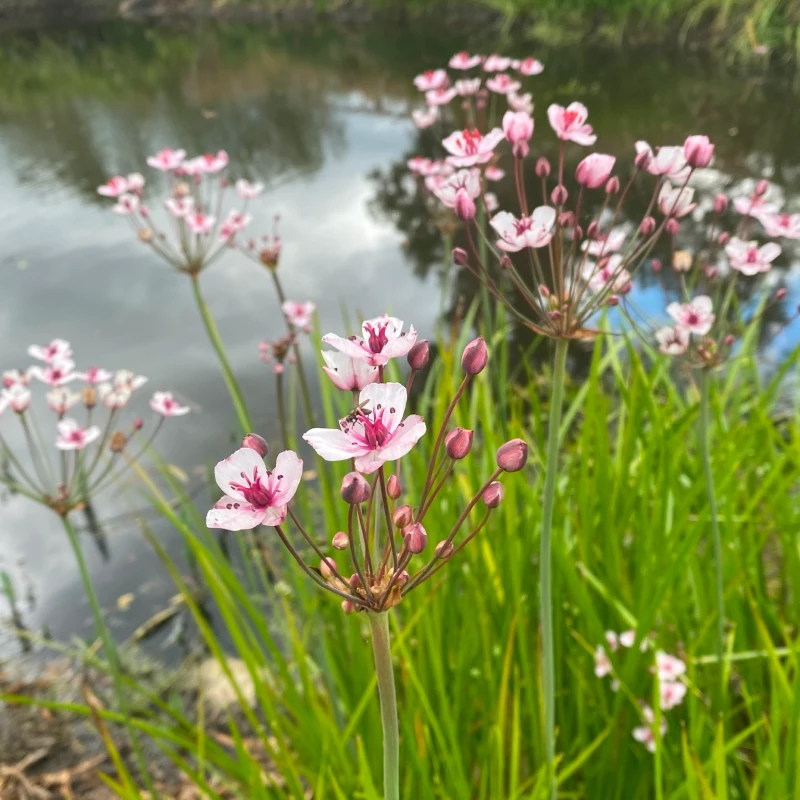
Make a Difference. Pledge to be Plant Wise!
Some popular garden plants are invasive—and once they escape into the wild, they’re hard to stop. Plant Wise means choosing non-invasive species that are safe for your region. Whether you’re planting a garden, designing a landscape, or shopping at a nursery, your choices matter.
National Voluntary Code of Conduct
Invasive species are a significant threat to Canada’s ecosystems, with over 60% of invasive plants introduced intentionally over the last 150 years. While some introduced plants do not disrupt ecosystems, a few high-risk species threaten biodiversity, human health, and the economy.
The National Voluntary Code of Conduct supports the Be PlantWise initiative by guiding horticulture industry professionals in best practices. Led by Invasives Canada and supported by the National Horticulture Invasive Plants Working Group, the code was developed in collaboration with:
The code encourages the industry to:
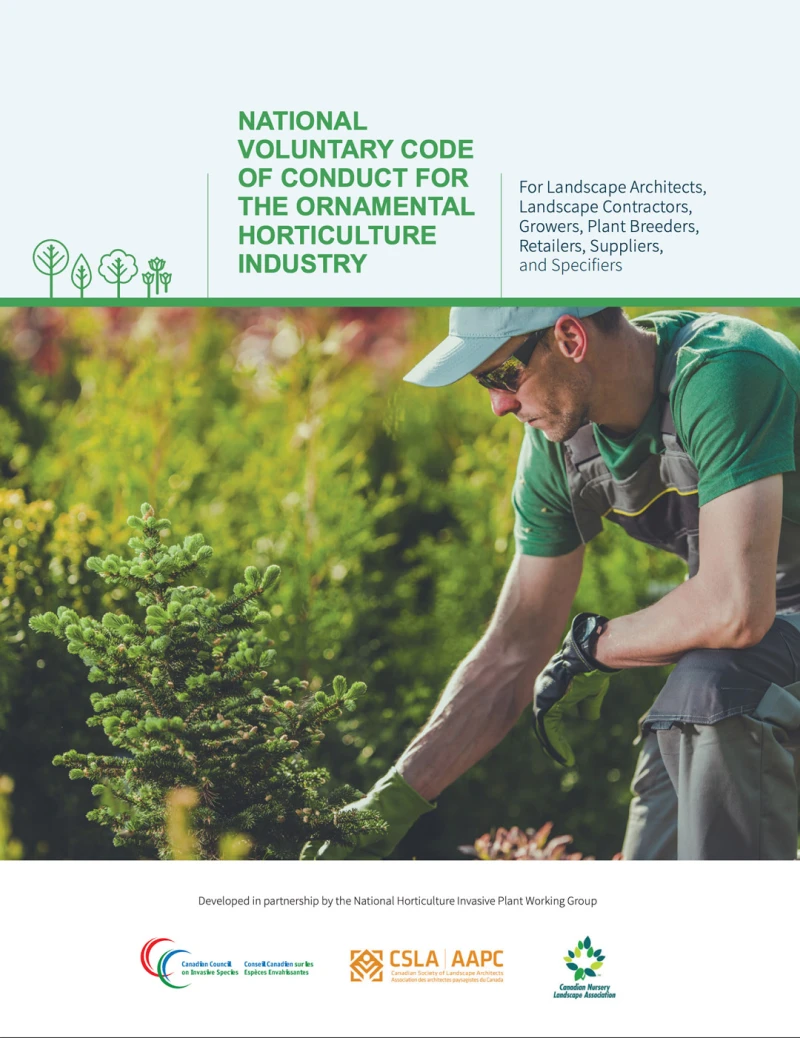
Adopt the Code of Conduct
As a professional in the horticulture industry, you can commit to preventing the introduction and spread of high-risk invasive plants. By signing the National Voluntary Code of Conduct, your organization joins a growing network of responsible leaders dedicated to sustainable practices.
Click here to adopt the Code of Conduct.
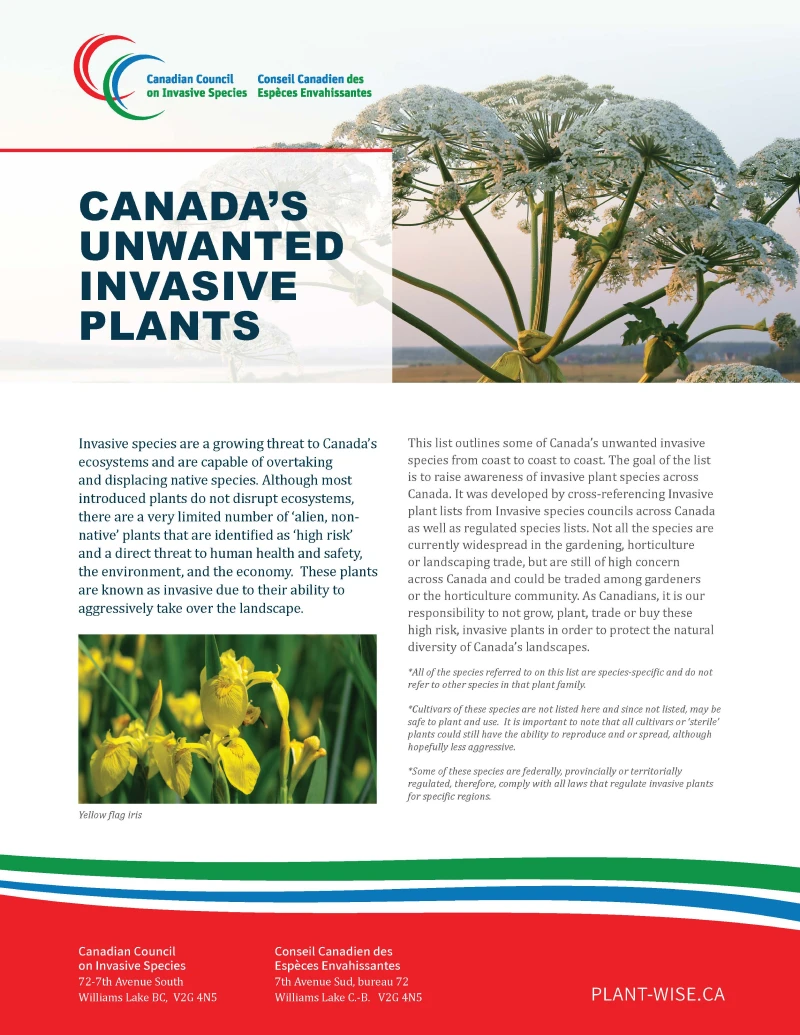
Canada’s Unwanted Invasive Plants List
This list highlights invasive plant species of concern across Canada. Compiled from national and provincial sources, it raises awareness of species that threaten Canada’s landscapes. While not all species on the list are currently widespread in horticulture or landscaping, they are still a concern and should not be grown, traded, or planted.
Resource Library
Program partners can access a range of resources, including:
